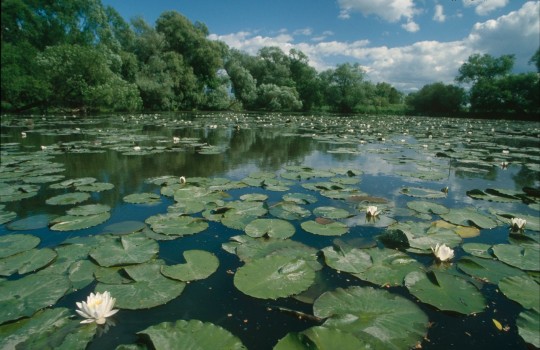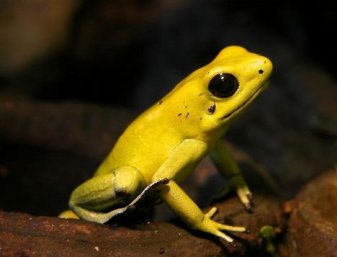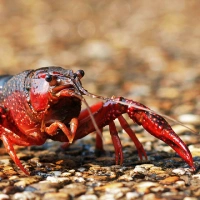Amphibians best ‘surrogates’ for freshwater conservation planning
New research from members of the BioFresh team has found that amphibians are the best group of animals to act as ‘surrogates’ for freshwater conservation planning.
There is plenty of information out there about the patterns and predictors of biodiversity on land. But the picture gets a little murkier when we dive beneath the surface into freshwater ecosystems. While many freshwater species and ecosystems are among the most threatened in the world, global conservation priorities have, to a large extent, overlooked freshwater ecosystems. Yet without sufficient information, effective conservation planning and actions are made all that much more difficult.
That’s why BioFresh is so passionate about making as much information about freshwater ecosystems, and the creatures that live within them, as open and accessible to scientists, policy-makers and practitioners as possible. And new research from members of the BioFresh team has shed some light on the situation for freshwater ecosystems.
Their research, which appeared in the Journal of Animal Ecology in a paper titled ‘Global diversity patterns and cross-taxa convergence in freshwater ecosystems’, analysed for the first time the global distribution of five different freshwater animal groups or taxa across 819 river basins around the world. The taxa investigated were aquatic mammals, aquatic birds, freshwater fish, crayfish, and amphibians. The study looked at how environmental factors drive biodiversity patterns at the river basin level and tested the ‘convergence hypothesis’, which takes the view that the environment drives evolution in a predictable direction (i.e. the same causes should produce the same effects).
The study found that species richness and endemism patterns are significantly correlated and that contemporary climate, history and area are the main factors in explaining species richness and endemism patterns for most of the taxa at the river basin scale. In addition, and importantly, the research also found that amphibians, and then freshwater fish, display the highest level of congruency with other groups (taxa) of animals.
BioFresh member and co-author of the study Thierry Oberdorff, explains just why the results have potentially important implications for global freshwater conservation planning: “as most of the examined taxa display convergent patterns, one taxon can be used to predict patterns for the others.” This is significant because by using one group of animals, such as amphibians, to base conservation planning around may be the best and most cost-effective means of protecting the largest number of species, and broader freshwater ecosystems, in the resource-constrained world of conservation. And, says Oberdorff, the research suggests that “as amphibians and fishes display the highest levels of congruency with other taxa, these two taxa appear to be good ‘surrogate’ candidates for developing global freshwater conservation planning at the river drainage basin scale.”
However, it is important to note the scale of the investigation, which was at the river drainage basin scale, because it can greatly influence our perceptions of patterns and processes. Therefore, while the results may be useful for broad intergovernmental planing to increase trans-boundary cooperation, their validity for conservation planning at finer scales (e.g. the subdrainage level) is not warranted and requires further research. In addition, because amphibians are considered highly threatened and have previously been listed as potential surrogates in terrestrial ecosystems, the use of amphibians to represent spatial patterns of biodiversity may also help unify terrestrial and freshwater conservation efforts under a common framework, at least at an intergovernmental planning level.
You can read more about amphibians in our 6-part amphibian special feature.
The reference for the BioFresh paper is: Tisseuil C. et al. 2012, ‘Global diversity patterns and cross-taxa convergence in freshwater ecosystems’, Journal of Animal Ecology.
















